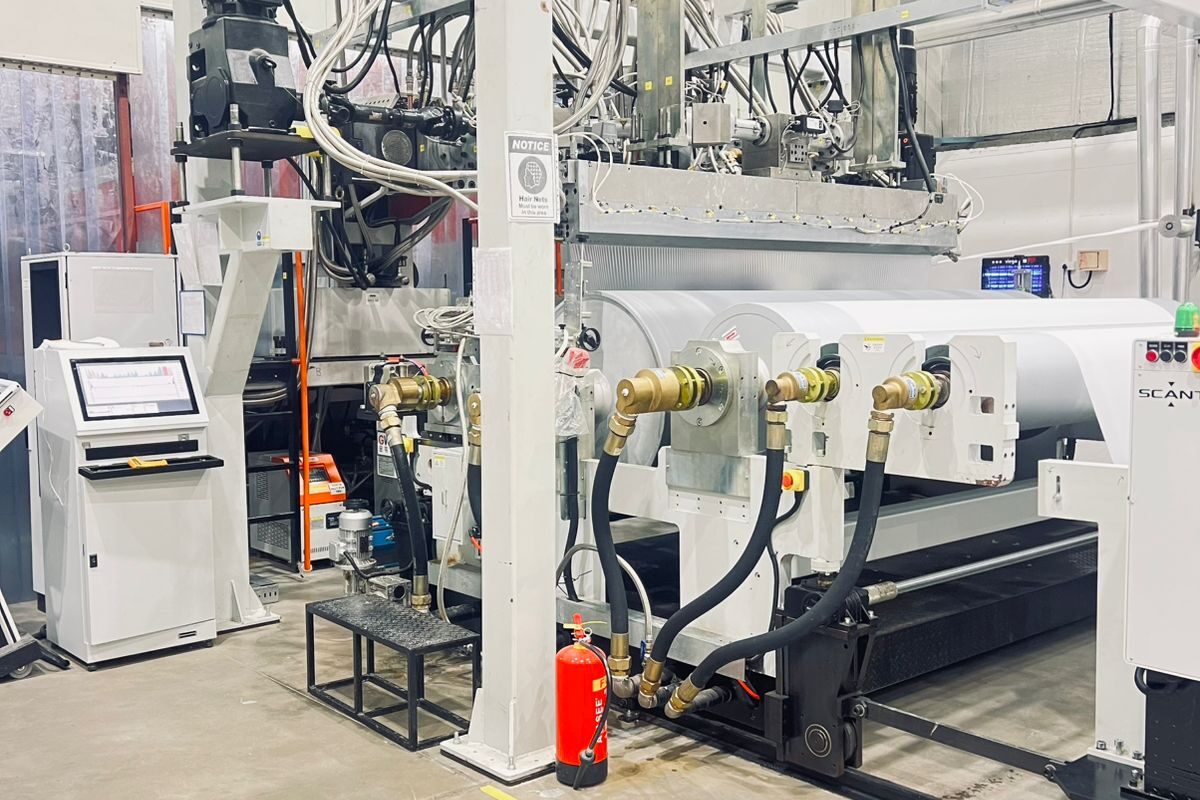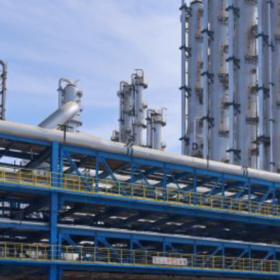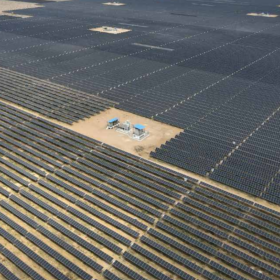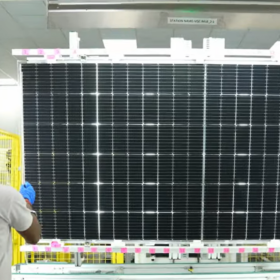India has been making remarkable developments in the energy domain, particularly as it switches towards cleaner and more sustainable sources. As per the Ministry of New and Renewable Energy (MNRE), as of March 2025, India has attained an installed RE capacity of around 221 GW (excluding large hydro), out of which solar power’s share is around 106 GW. Out of this share, nearly 82 GW comes from ground-mounted solar plants and 18 GW from grid-connected rooftop solar setups.
This expansion in solar power installation is not without cause. The requirement for electricity in India is on the rise, fuelled by rapid urbanization and industrial expansion. Moreover, global warming has resulted in an increased need for cooling and air conditioning. This rising demand can be met using renewable sources, particularly solar energy.
Since solar power is currently the most used renewable energy source in India, it is interesting to explore how we can generate more energy from it by simply moving the panels on its axis. At present, most solar panels in India are fixed in one position and do not move. But what if these panels could move and follow the sun path throughout the day? This is possible through solar PV trackers.
All about solar trackers
A solar PV tracker is a device installed below the solar panels to modify the orientation so that it follows the sun to keep them at the desired tilt for maximum sunlight capture. This reduces energy losses during mornings and evenings when fixed panels underperform due to angle mismatch and reduce electricity generation.
Especially valuable for megawatt scale solar farms, trackers enhance efficiency, lower the levelized cost of energy, and improve overall project returns.
There are two types of trackers available. One is the single axis tracker in which the trackers can move from east to west or from north to south and dual-axis trackers which can move in all the four ways. Some studies have shown that single-axis trackers can produce up to 22% more power than a fixed-axis system and dual-axis system can produce up to 27% more power than a fixed-axis system.
Impact beyond mainstream solar applications
Beyond utility scale solar, trackers find usage in innovative applications like agrivoltaics, where crop cultivation and energy generation take place on the same parcel of land. By following the sun path, trackers can boost energy generation which can meet the agricultural power needs of the farmer as well as augment farmers’ income. Their dynamic movement enables better sunlight dispersion and periodic shading, which can protect crops from excessive heat. Since agrivoltaics setups usually house shade tolerant crops, this natural interplay of light and shadow caused by the tracker supports plant growth.
Roadblocks to adoption
Solar tracker systems in India face multiple challenges limiting their adoption. As per market research, the most inhibitive challenge is high capital requirement (10% of Capital Expenditure (CAPEX)) and operation and maintenance (O&M) cost. Further, trackers require more land to accommodate sufficient gap between panels to avoid shading losses. This also can make the site planning difficult in the pre-instalment stage.
Frequent maintenance due to the complex structure adds further to the concerns. Additionally, limited developer awareness continues to slow down installations. Lastly, India’s tariff-driven, fiercely competitive solar market prohibits installation of technologies with higher costs.
Pathways to adoption
To speed up solar tracker adoption in India, a comprehensive roadmap is essential. Technological enhancements like terrain-adaptive and weather-resistant trackers can boost stability and effectiveness. Financially, introducing low interest loans and subsidies can ease adoption, while incentives and assistance for domestic manufacturing of trackers can reduce costs. Expanding the Production Linked Incentive (PLI) scheme to include trackers solutions would strengthen local manufacturing and lower dependence on imports.
Optimized layouts can significantly improve land-use efficiency. Establishing quality standards for trackers, enhancing their durability, and training skilled technicians will help reduce operational uncertainties. Additionally, end-to-end support for installation, repair, and maintenance can be introduced. Awareness campaigns targeted at developers, financiers, and end-users are essential to highlight the increased energy yields of tracking systems compared to fixed panels
Conclusion
Solar trackers are not just an upgrade to existing solar setups—they have the potential to be as crucial as any other component in a solar power plant. They are a powerful tool to accelerate India’s solar energy sector by significantly increasing energy output. The impact of trackers is too substantial to overlook, as they can convert every degree of sunlight into measurable energy. While challenges such as high costs, land requirements, and manufacturing concerns exist, timely and well-designed supportive policies can effectively address these issues. The bottom line? For a better and brighter tomorrow, just follow the sun!”
The authors work in the Agriculture Policy Sustainability and Innovation Team at the Indian Council for Research on International Economic Relations (ICRIER), a research-based think-tank.
The views and opinions expressed in this article are the author’s own, and do not necessarily reflect those held by pv magazine.
This content is protected by copyright and may not be reused. If you want to cooperate with us and would like to reuse some of our content, please contact: editors@pv-magazine.com.







1 comment
By submitting this form you agree to pv magazine using your data for the purposes of publishing your comment.
Your personal data will only be disclosed or otherwise transmitted to third parties for the purposes of spam filtering or if this is necessary for technical maintenance of the website. Any other transfer to third parties will not take place unless this is justified on the basis of applicable data protection regulations or if pv magazine is legally obliged to do so.
You may revoke this consent at any time with effect for the future, in which case your personal data will be deleted immediately. Otherwise, your data will be deleted if pv magazine has processed your request or the purpose of data storage is fulfilled.
Further information on data privacy can be found in our Data Protection Policy.